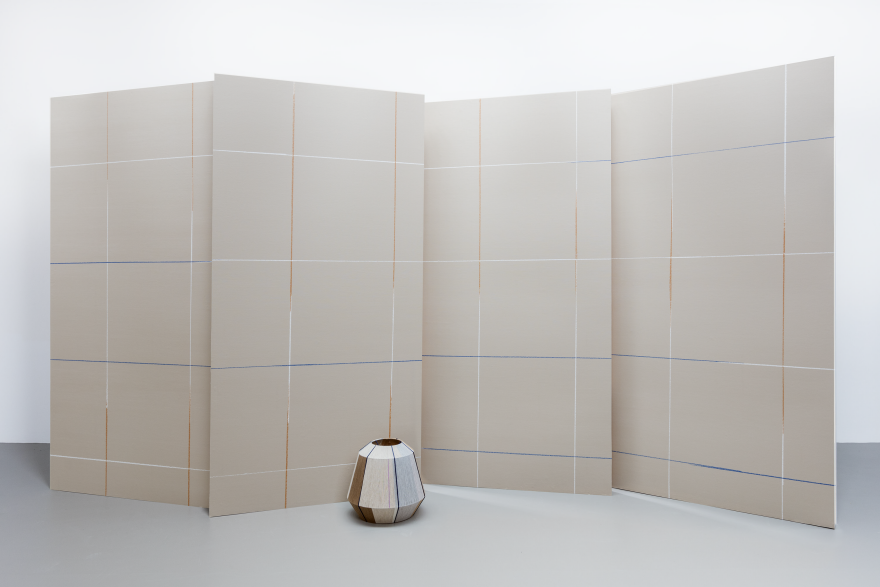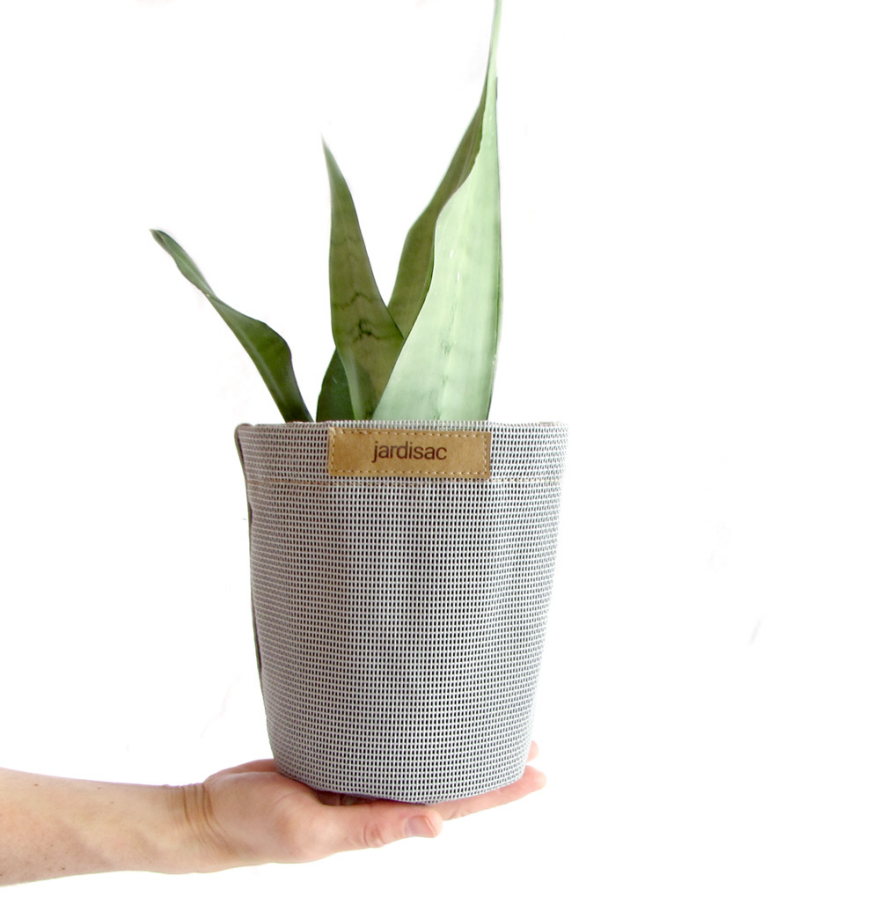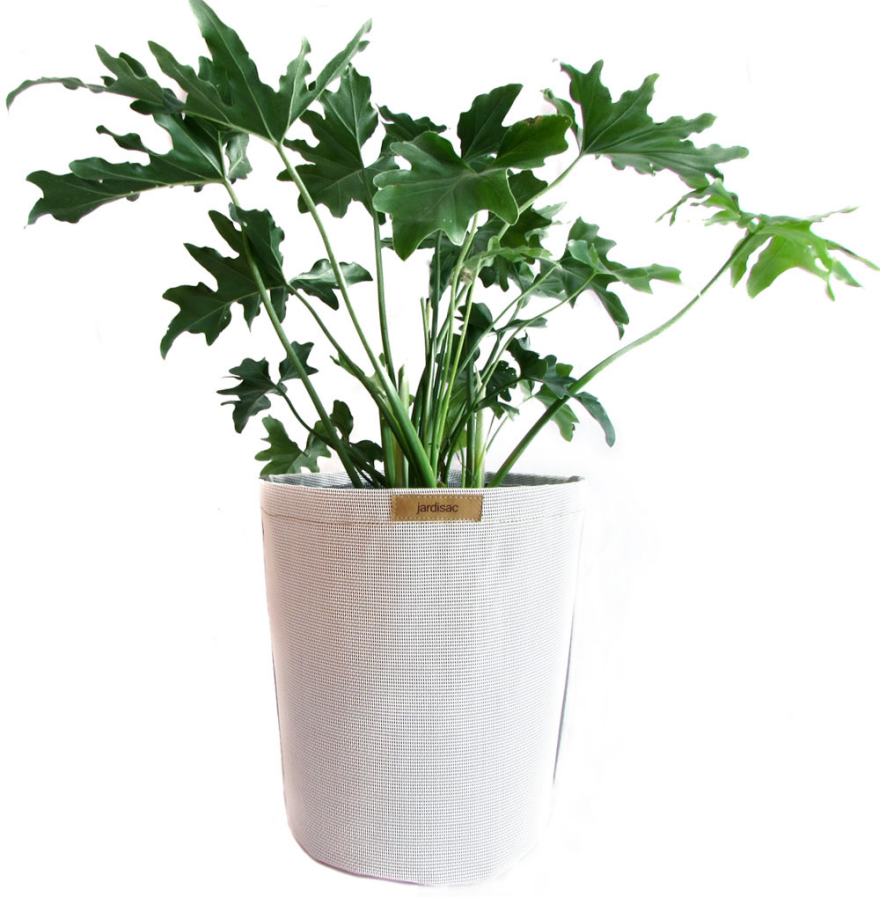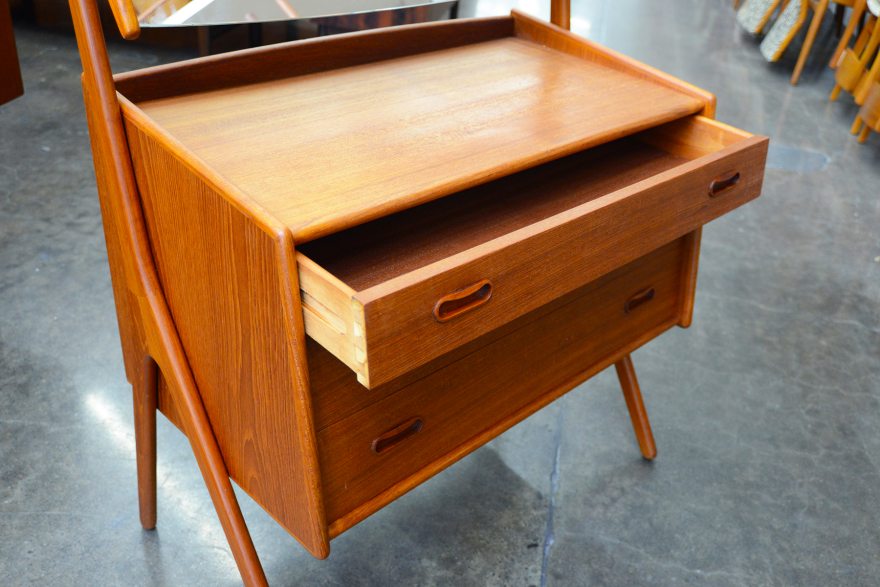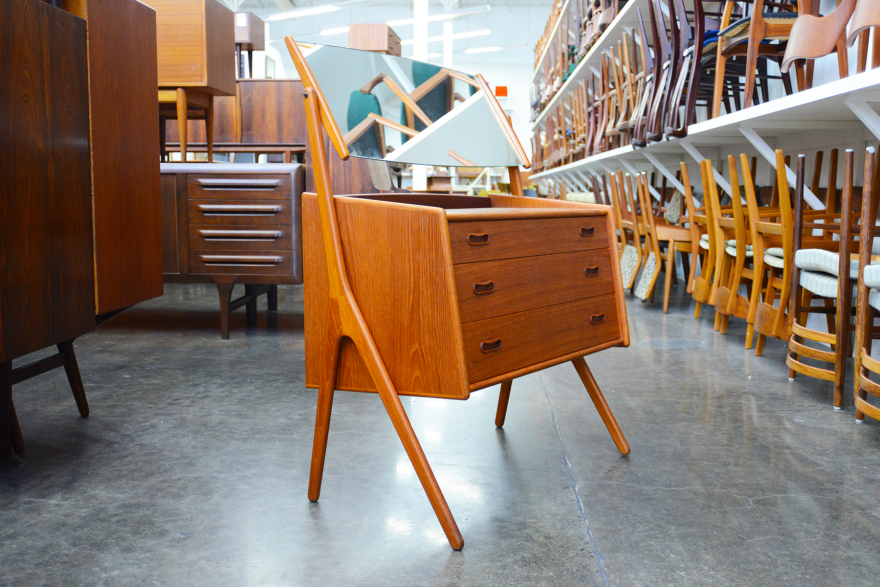Industrial designers Inbal Etgar and Francois Nguyen, both Creative Directors for frog, recently participated in a Reddit AMA on frog's behalf. Here are some of the excerpts you up-and-coming designers may be interested to read:
Q: What are the top 5 questions you ask yourself when critiquing or evaluating a concept prior to review with a team?
Etgar & Nguyen: 1. Have I seen this solution/design before? Is this new?
2. Am I solving the problem elegantly?
3. Is this design manufacturable?
4. Is this design iconic and own able? Can the client build brand recognition with this design?
5. Am I pushing the limits of design and manufacturing? If so, is it within my client's capabilities to execute on successfully?
6. How well does this solution play with existing design the client already has and/or other initiatives?
What is good design? And any book recommendations to get better at being a design student?
To me, good design is the wise integration of progress into everyday life. Specifically to product design, good is measured by the elegance and effectiveness in which a problem is solved through design and engineering and the quality of experience for the human who will be experiencing the product or environment.
Beyond that it will take hours to explain exhaustively so I've included a few links that might help.
Less and More: The Design Ethos of Dieter Rams
Super Normal: Sensations of the Ordinary
Dieter Rams: As Little Design as Possible
BREAKING IN: Over 100 Product Designers Reveal How to Build a Portfolio That Will Get You Hired
Skills you need to be a successful designer?
1. Hard skills are table stakes: 3D CAD, sketching, rendering, 3D modeling, sensitivity to form development. This is so a junior designer can be utilized immediately.
2. Have passion. If you are not obsessively passionate about design you can't complete, especially in today's market. Passion will drive the late hours, extra iterations, demand for the better and relentless pursuit of the ideal vision.
3. Understanding and sensitivity to the nuances of design – what solutions are appropriate and, how to wield form, material and color choices with sophistication and taste. It's one thing to be able to communicate your idea with sketches, but you also must be able to communicate its intention in a compelling way.
4. There is talk about IQ and EQ in the workplace – but what about "DQ" (D for design)? It's imperative to have an innate awareness and understanding about what solutions work for a particular problem in the domain of the physical.
What do you think are the essential skills that a product designer should have 6-7 years from now?
In the near future designers will need to expand their toolkit beyond traditional skillsets such as sketching 3D CAD and model making to name a few. Skills such as learning to code and prototype physical/digital interactions will become essential, in addition learning to prototype in VR and AR will become key to evaluating large scale design concepts.
Top 5 Design Traps to Avoid?
1. Do your homework. What is out there? How does your portfolio compare to other top portfolios for designers at your level? Be honest and objective. I also see lot of design concepts for things that already exist. Do a competitive audit, know whats out there, don't work in a silo and feel a ground-breaking pioneer of the greatest invention ever. Relax, the wheel has already been invented and Scott Baio was not better than sliced bread.
2. Slick drawings and renderings do not equal good design. Don't get confused. We want to see solid logic, considered research, and valuable insights and thoughtful storytelling. Let's not forget beauty. Is the form or object beautiful and desirable? Remember, if he's handsome, its romantic, if he's ugly, its stalking. Bottom line, no one cares about a storer the rest of the design details if the product has not seduced with its beauty.
3. Edit. Edit. Edit. Don't show 10 renderings of the same thing from slightly different angles. That shows me your inability to structure / prioritize information. Remember creative writing classes where the teacher asked you to cut your paper to half the number of sheets? Yes, editing is handwork but if results in distilling down to the essence of what you are trying to say.
4. Show process. I don't want to see slick glossies only, i need to understand how you got there so I know it wasn't beginners luck or that your friend in the industry did it for you.
5. What do you think about all the time? Where do your other interests lie? Who are you as a person? What is your point-of-views on design and life? These things inform your design decisions and contributions as a team member.
Final advice, be relentless with your passion and honesty with your work. Be committed to the best solution, not the one you fall in love with. Look outside your discipline. Enjoy your life, there is no such thing as a "design emergency."
_________
You can comb through the full thread here.
![]()

































